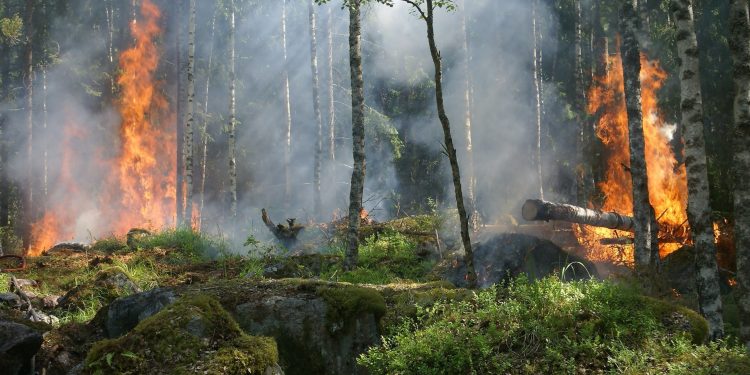
As the 21st century progresses, Earth is slowly turning into a living hell – quite literally. Global warming shows no signs of stopping. That’s why forest fires are becoming a more common phenomenon.
America’s most wildfire-prone state, California, has lost thousands of lives and homes to fires. Even the wet regions of the Pacific Northwest have surprisingly suffered from forest fires recently. In 2020 alone, the most destructive fire ever ravaged Oregon, killing 11 people and burning down more or less one million acres of land.
Because of climate change, you can never tell when a blaze will start. Even damp areas aren’t too safe anymore! Because of this, it’s best to prepare than wait for the worst to happen.
How Fire-resistant Siding Can Save Lives
Reports say that most of those who died in wildfires were either trapped in their homes or didn’t have enough time to evacuate. And the primary determining factor to how fast the flames can spread around a house is the siding.
Remember that a wildfire appears without warning and consumes everything in its path – dead or alive. With this in mind, investing in fire-resistant exterior cladding is extremely important. Doing so prevents the flames from jumping quickly from home-to-home. Plus, it gives you ample time to escape.
Choosing The Best Fire-Resistant Siding
If you live someplace with a high-risk for wild or forest fires, you should approach construction with a fireproofing mindset. Drills and emergency evacuation plans indeed play a big factor in your safety, but your protection must begin with the structure itself.
That said, below are popular siding types that are noncombustible or resistant to fire.
Metal Sheets
Not only can they stand up to a fire, but steel and aluminum siding can also withstand many other elements of nature. It doesn’t budge to strong winds, rot with moisture, crack in hail, or melt right away when engulfed in flames (it does get hot, though). Installing metal siding reduces the risk of ignition and spread. The only downside to this material is its unappealing aesthetics. But don’t be discouraged. There are plenty of other options to fireproof your home without it having to look like a large metal box.
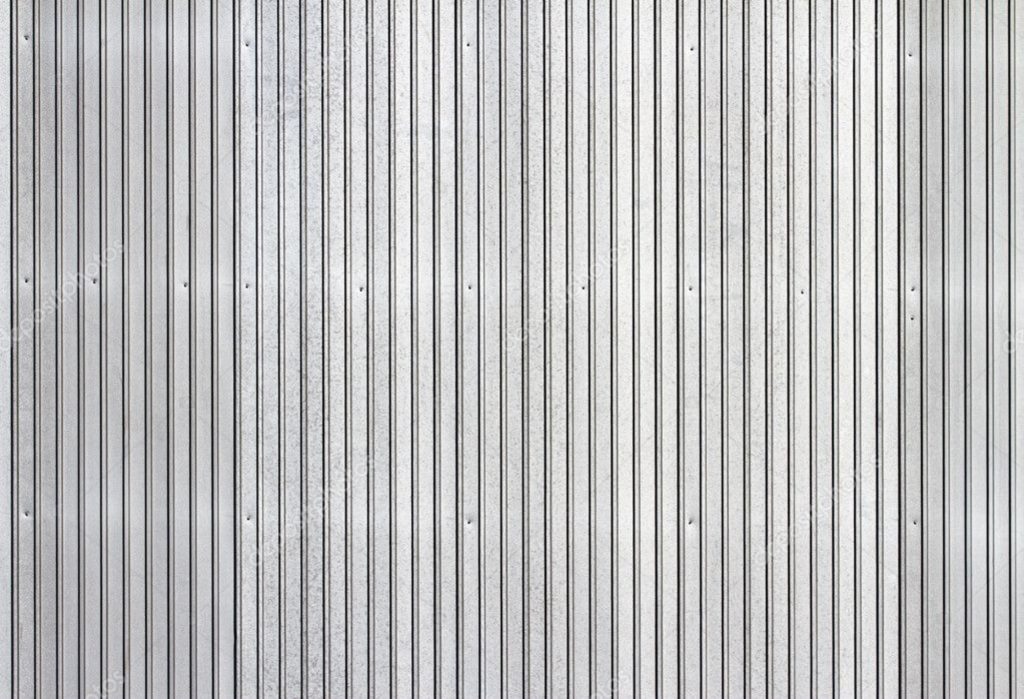
Steel and aluminum siding can withstand the elements.
Fiber Cement Siding
One of the most affordable home exterior options in the market is fiber cement, a mixture of sand, cement, and cellulose fibers. Owing to certain additives in its composition, this siding type can be flame resistant, durable, and customizable at the same time. This comes in pretty handy if you want to follow a particular architectural style when building your home. You won’t have to sacrifice appearance for protection. Although it may not 100% fireproof, it does not easily succumb to extreme heat during fire emergencies.
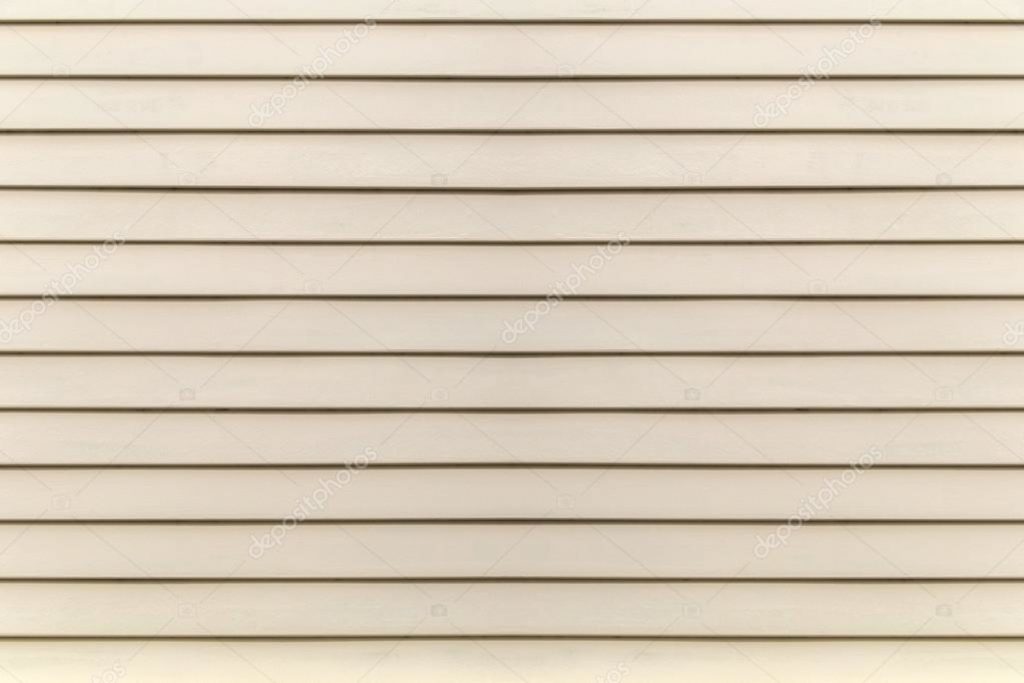
Fiber cement is a mixture of sand, cement, and cellulose fibers.
Brick and Stone Siding
If you haven’t tried it yet, setting a rock on fire is difficult or impossible. That’s why stone and brick veneers are perfect for fireproofing your home. However, they may not be effective when fire manages to break in through the cavities and reach your dwelling’s interior. Additionally, this type of material can be expensive and exclusive, especially if you go for authentic natural stone.
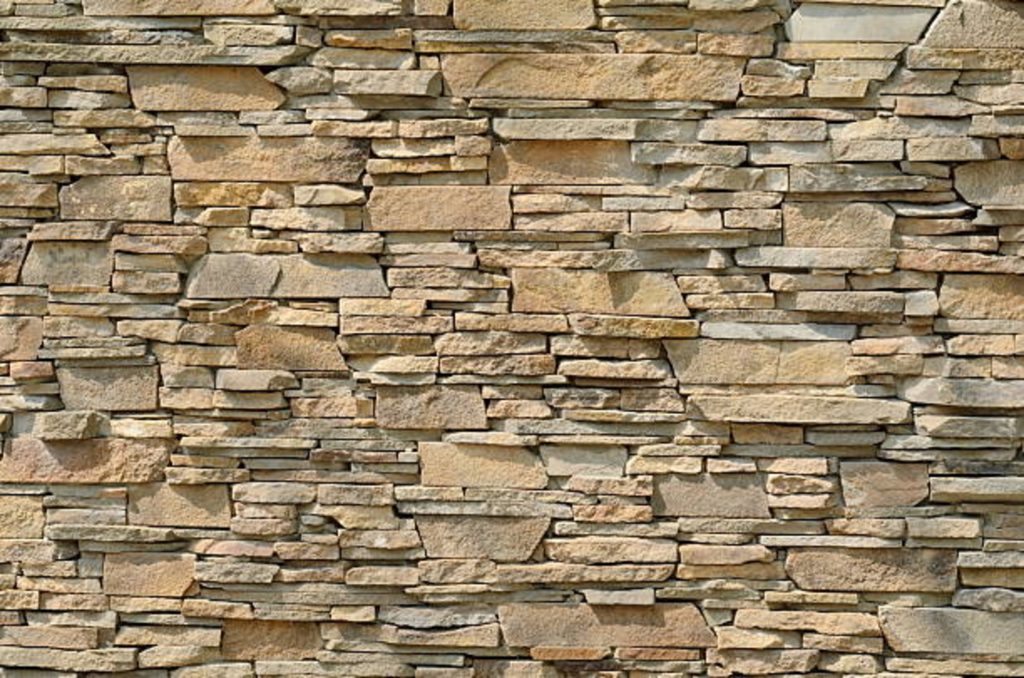
Stone and brick veneers are perfect for fireproofing your home.
Stucco Siding
Made with the combination of Portland cement, sand, lime, and water, Stucco siding possess a natural ability to resist fire. How? Applying it in three coats provides a thicker and seamless finish that prevents flames from spreading quickly. In addition to that, this affordable siding is easy to maintain and lasts for decades.
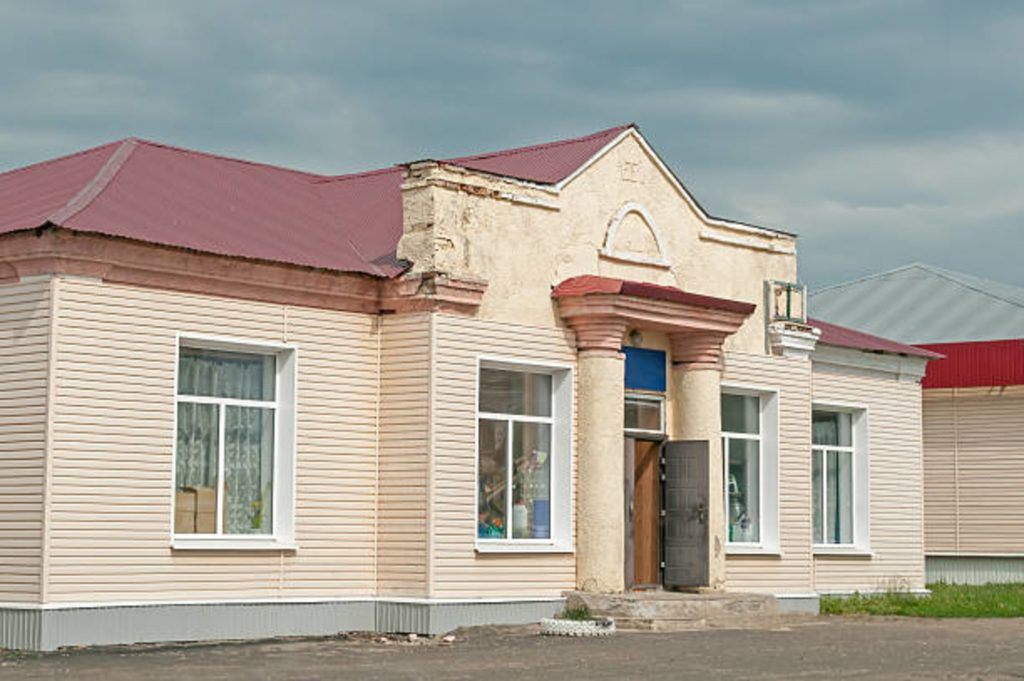
Made with the combination of Portland cement, sand, lime, and water, Stucco siding possess a natural ability to resist fire.
What Siding Types Should You Avoid?
When living in a fire-prone area, you’ll want to avoid combustible materials as much as possible. This includes wood and the overly popular vinyl siding. As you already know, wood siding is naturally flammable, while vinyl is made from plastic, something that immediately melts and spreads when it catches fire.
But if you’re firm on installing wood siding, you can apply flame-retardant sprays on the material to increase its fire resistance. However, take note that fire can still pass through interior cavities or spread through the roof, so you might want to fireproof those sections as well.
As for vinyl siding, it might be tempting to use it despite the risks since it’s super cheap. So to reinforce the material against fire, add gypsum boards between the house wrap and siding. It will act as a temporary barrier to keep the fire from reaching your home’s interior once the vinyl melts.
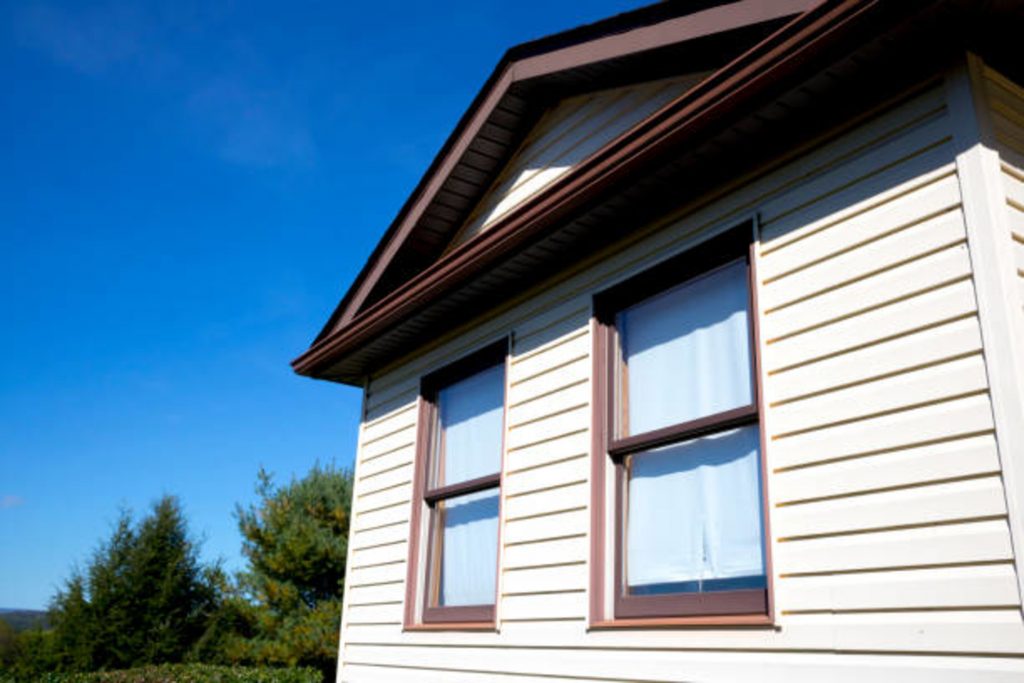
Vinyl siding, it might be tempting to use it despite the risks since it’s super cheap.
Additional Fireproofing Tips
It takes more than just exterior cladding to protect your home from forest or wildfires. Here are extra precautionary measures that’ll increase your chances of survival:
- Replace wooden parts of your roof with tile or metal.
- Maintain a clean gutter for rainwater to flow freely and avoid the accumulation of dry leaves.
- Landscape your property in a manner that trees and other structures are 30-100 meters away from your house.
- Store flammable chemicals like gasoline and kerosene in a shed outside your home.
- Lastly, make sure you have a fire exit that isn’t blocked.
And that’s it! Prevention is always better than cure, so make sure to choose your siding wisely!
